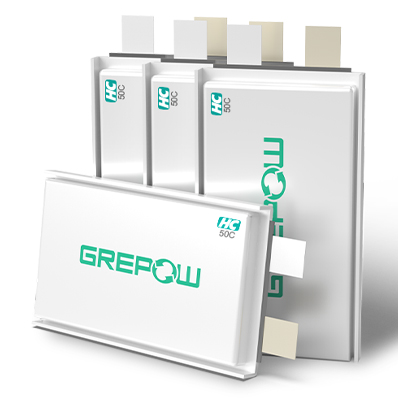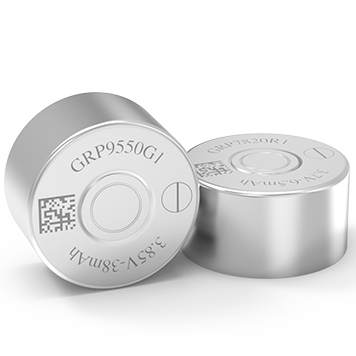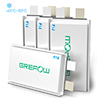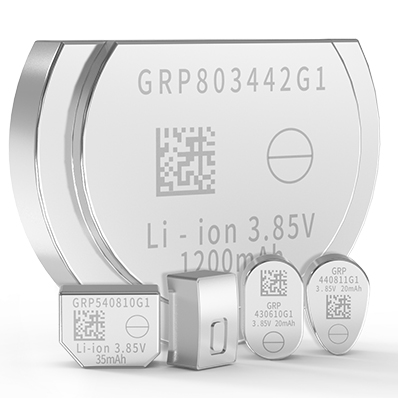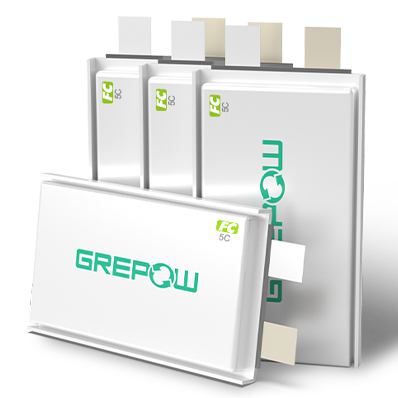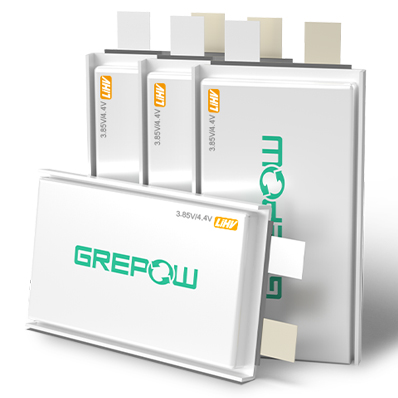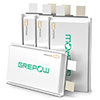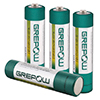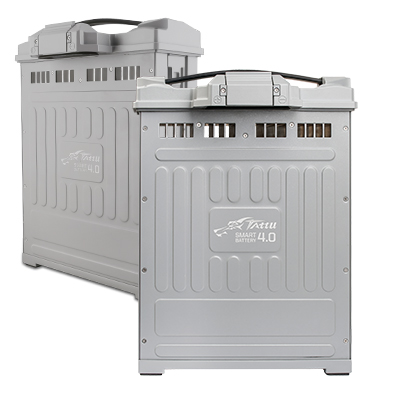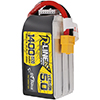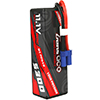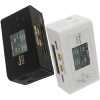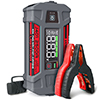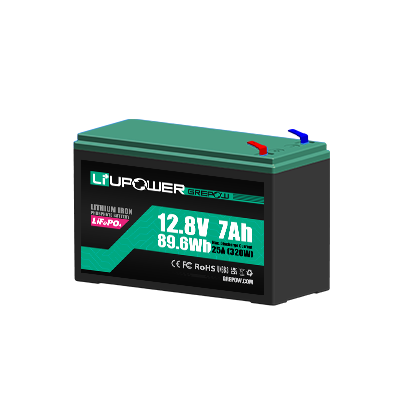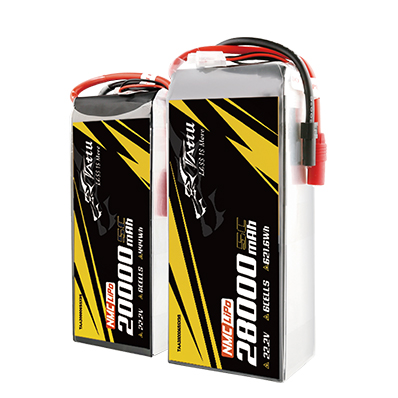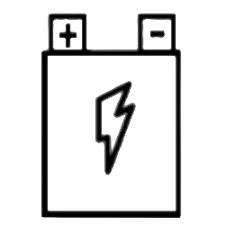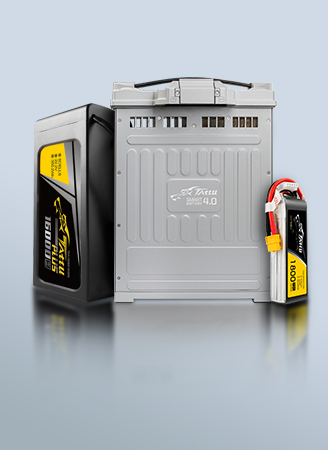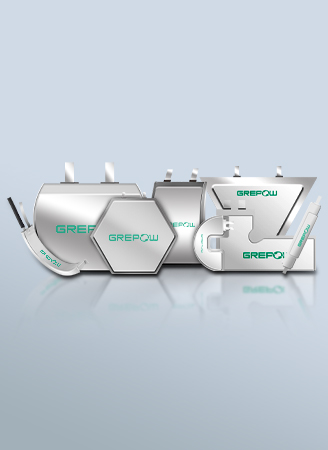What is an 8S LiPo Battery?
For high-performance radio-controlled (RC) vehicles and drones, the choice of battery is paramount. In the relentless pursuit of more power, speed, and efficiency, the 8S LiPo battery has emerged as a formidable contender, generating significant buzz within the RC community. In this guide, we’ll explore what an 8S LiPo battery is, how it compares to other types like 6S, and how to use it safely and effectively.
What Does an 8S LiPo Battery Mean?
An 8S LiPo battery refers to a lithium polymer battery configuration where eight individual cells are connected in series. In battery terminology, the "S" specifically denotes the series connection of these cells, creating a higher voltage power source while maintaining the lightweight and high-energy density characteristics that LiPo batteries are known for. Therefore, an 8S LiPo battery is a single battery pack constructed by connecting eight individual LiPo cells end-to-end (positive to negative) in a series configuration. This arrangement multiplies the voltage output while keeping the capacity (measured in Amp-hours - Ah) and physical size largely determined by the individual cells used.
What is the Voltage of an 8S LiPo Battery?
Voltage is where the "S" count has the most direct impact:
●Nominal Voltage: Each standard LiPo cell has a nominal (average) voltage of 3.7 volts. For an 8S pack, this means: 8 cells * 3.7V/cell = 29.6 Volts.
●Fully Charged Voltage: When fully charged, each LiPo cell reaches 4.20 volts. So, an 8S pack peaks at: 8 cells * 4.20V/cell = 33.6 Volts.
●Fully Discharged Voltage (Safe Limit): To prevent damage, LiPo cells should never be discharged below 3.0 volts per cell under load. The absolute minimum safe voltage for an 8S pack is: 8 cells * 3.0V/cell = 24.0 Volts. Most users and devices use a higher cutoff (e.g., 3.2V-3.5V/cell) for longevity.
What is the Capacity of 8S LiPo Batteries?
Capacity, measured in milliamp-hours (mAh) or Amp-hours (Ah), indicates how much energy the battery can store – essentially, how long it can run before needing a recharge.The capacity of 8S LiPo batteries varies widely depending on their intended application and physical size constraints. For 8S LiPo batteries, capacities can range widely, typically from around 1000mAh for lighter applications like some FPV drones, to over 10,000mAh for larger RC aircraft, boats, and vehicles.
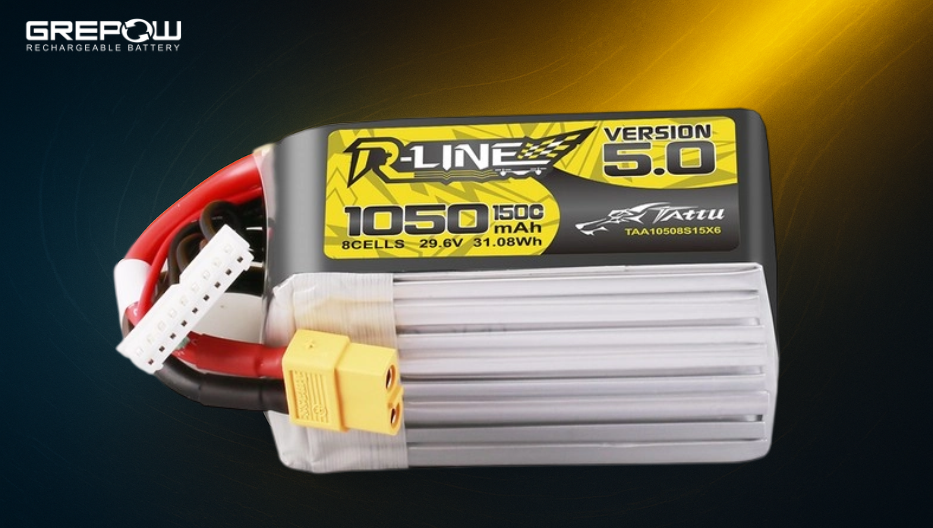
What is the Typical Discharge Rate for 8S LiPo Batteries?
The discharge rate of LiPo batteries, including 8S configurations, is typically expressed as a C-rating. This rating indicates how quickly a battery can safely discharge its stored energy relative to its capacity. The C-rating works as a multiplier of the battery's capacity to determine the maximum safe continuous discharge current. For example: A 5000mAh (5Ah) 8S LiPo battery with a 50C rating can safely deliver up to 250A (5Ah × 50C) of continuous current. 8S LiPo batteries are often designed for high-demand applications and typically feature high C-ratings, commonly ranging from 15C to over 100C.
●FPV racing or acrobatic drones: 50C to 160C
●Commercial or industrial drones: 15C to 40C
●Heavy-lift platforms: Often around 25C to 30C for a balance between power and thermal safety
Where Are 8S LiPo Batteries Used?
The high voltage and power output of 8S LiPo batteries make them ideal for a variety of demanding applications, including:
●Large-Scale RC Aircraft: Powering large electric airplanes and jets that require significant thrust.
●High-Performance RC Cars and Trucks: Used in 1/5th and 1/6th scale monster trucks and buggies for achieving incredible speeds and torque.
●FPV (First-Person View) Drones: While 6S has been the standard for 5-inch FPV drones for some time, an increasing number of pilots are experimenting with 8S setups for enhanced throttle response and reduced voltage sag.
●Electric Skateboards and E-Bikes: The high voltage allows for more efficient power delivery to the motors, resulting in better performance and potentially longer range.
●Large RC Boats: Providing the necessary power to propel large, high-speed boat models through the water.
6S vs. 8S LiPo Battery: Which is More Popular?
The popularity of 6S (22.2V nominal) versus 8S (29.6V nominal) LiPo batteries depends on the application and user preferences:
6S LiPo Batteries:
●Pros: More common, lighter, and less expensive. Widely supported by a range of chargers, ESCs (electronic speed controllers), and motors. Ideal for mid-sized drones, RC cars, and hobbyist projects.
●Cons: Lower voltage limits power output, making them less suitable for heavy-lift or high-performance applications.
●Popularity: 6S batteries dominate the consumer RC and drone markets due to their versatility and compatibility.
8S LiPo Batteries:
●Pros: Higher voltage enables greater power delivery, ideal for large drones, high-performance vehicles, or industrial applications. Reduces current draw, improving efficiency in some setups.
●Cons: Heavier, more expensive, and less common. Requires specialized chargers and compatible components.
●Popularity: 8S batteries are gaining traction in niche markets like professional drones and extreme RC racing but remain less widespread than 6S.
When Did 8S LiPo Batteries Start Gaining Traction?
The adoption of 8S batteries began rising around 2022–2023, particularly in:
●Long-range and freestyle FPV drone communities
●Cine-lifter drones demanding more payload power
●Industrial UAVs requiring extended flight duration
●The combination of better ESCs, motors, and frame designs helped integrate 8S packs into platforms that once only supported 6S.
The Main Reason Behind the Rise of 8S LiPo Batteries
The fundamental principle driving the move to higher voltage is Ohm's Law (P=V×I), where P is power, V is voltage, and I is current. To achieve a certain power level, if you increase the voltage, the required current decreases. This has several key benefits:
●Reduced Voltage Sag: Under high throttle, the voltage of a battery temporarily drops. Because an 8S system draws less current for the same power output compared to a 6S system, the voltage sag is less pronounced. This leads to a more consistent and responsive feel throughout the discharge cycle.
●Increased Efficiency: Lower current flow results in less heat generated in the battery, wires, and electronic speed controller (ESC). This reduction in heat loss translates to a more efficient power system.
●Compatibility Improvements: ESCs and motors capable of handling 8S voltages have become more affordable and accessible.
●Better Weight-to-Power Ratio: Especially beneficial for cine-lifters and VTOL drones.
How Do I Safely Charge an 8S LiPo Battery?
Charging an 8S LiPo battery requires strict adherence to safety protocols to prevent damage or fire hazards. Follow these steps:
Use a Compatible Charger:
Choose a balance charger designed for 8S LiPo batteries, capable of handling up to 33.6V and supporting balance charging.
Set Correct Parameters:
●Select LiPo mode on the charger.
●Set the cell count to 8S.
●Set the charge rate to 1C (e.g., 5A for a 5,000mAh battery) unless the manufacturer specifies otherwise.
Balance Charge:
●Always use the balance port to ensure each cell charges evenly, preventing overvoltage in individual cells.
Charge in a Safe Environment:
●Place the battery in a LiPo-safe bag or fireproof container.
●Charge on a non-flammable surface, away from combustible materials.
●Never leave the battery unattended while charging.
Monitor Voltage:
●Ensure the charger stops at 4.2V per cell (33.6V total) to avoid overcharging.
Check for Damage:
●Inspect the battery for punctures, swelling, or heat before charging. Do not charge damaged batteries.Investing in a high-quality charger with safety features like overcharge protection enhances safety and battery longevity.
How Should 8S LiPo Batteries Be Properly Stored?
Proper storage significantly extends battery life and reduces risk:
●Storage Voltage: This is critical. LiPo batteries should NEVER be stored fully charged or fully discharged. The ideal storage voltage is 3.80V - 3.85V per cell. For an 8S pack: 8 cells * 3.85V/cell ≈ 30.8V (range is roughly 30.4V - 30.8V).
●Use Storage Mode: Most modern LiPo chargers have a "Storage" or "Store" function. This will automatically charge or discharge the pack to the correct voltage (≈3.85V per cell). Always use this before storing for more than a few days.
●Cool, Dry Place: Store batteries in a location with stable, moderate temperatures (ideally between 40°F-80°F / 5°C-27°C). Avoid extreme heat (attics, cars) or cold. Low humidity is best.
●Non-Conductive, Fireproof Container: Store batteries inside their LiPo charging bag or a fireproof container, even when not charging. This provides an extra layer of safety. Ensure terminals cannot short circuit – use terminal protectors or tape.
●State of Charge Check: Periodically check the voltage (every 1-2 months during long storage). If it drifts significantly from 3.85V/cell (e.g., below 3.7V or above 3.9V per cell), use the charger's storage function to bring it back to the optimal level.
Conclusion
The 8S LiPo battery is a powerful and versatile energy source, driving advancements in drones, RC vehicles, and industrial applications. Its high voltage, substantial capacity, and ability to deliver high discharge rates make it ideal for demanding tasks, though it requires careful handling and specialized equipment. While 6S batteries remain more popular for general use, the rise of 8S configurations reflects the growing need for efficiency and performance in specialized markets. As a global leader in LiPo battery manufacturing, Grepow delivers high-performance 6S and 8S FPV racing drone batteries, as well as powerful 12S LiPo battery solutions for industrial UAVs. We also offer fully customizable drone battery solutions ranging from 1S to 24S with discharge rates up to 160C—engineered to meet the demands of everything from agile racing drones to heavy-duty robotics and aerial platforms. If you have any questions or needs, please feel free to contact us at info@grepow.com.
Related Articles
-
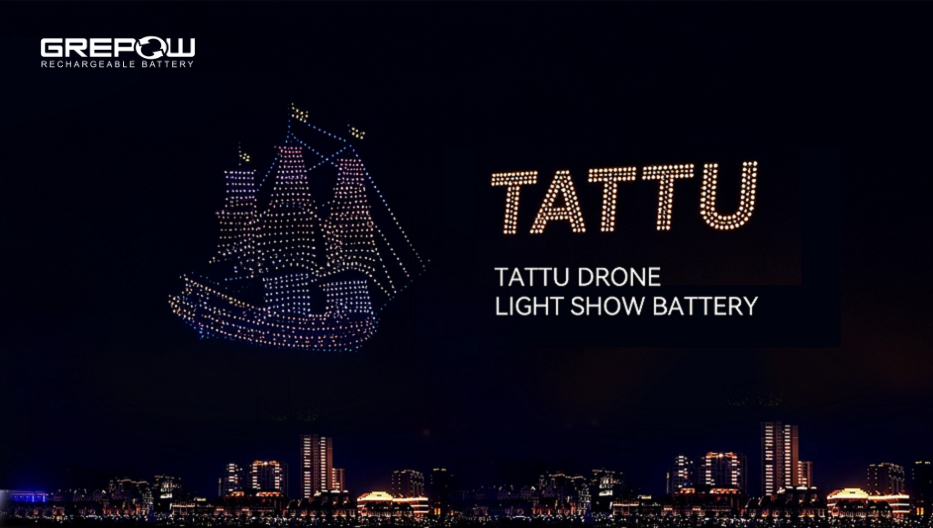
Powering Aerial Artistry: Grepow Battery Solutions Behind Drone Light Shows
2025-10-27 -

Vatican Drone Show: Where Technology Meets Faith
2025-09-15 -
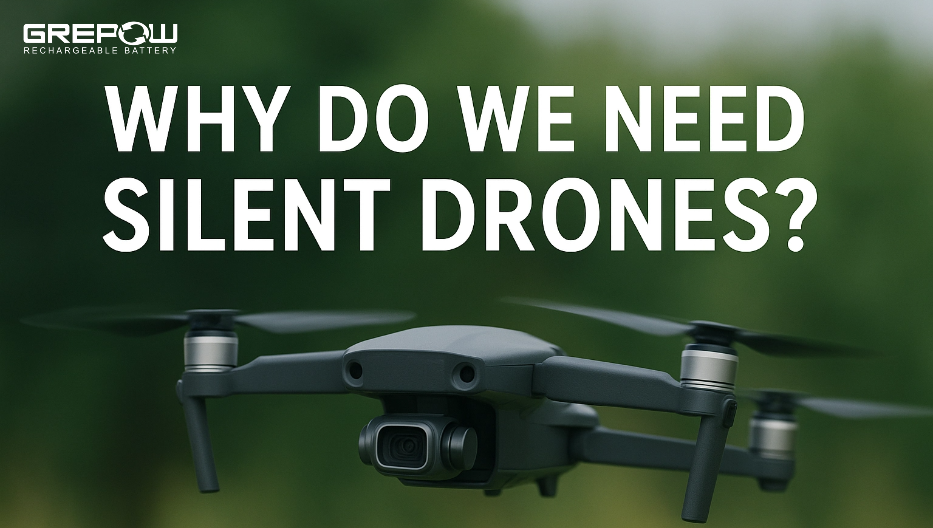
Why Do We Need Silent Drones?
2025-09-02
Related products
-

Grepow Tattu R-Line Version 6.0 Series FPV Battery Pack
-
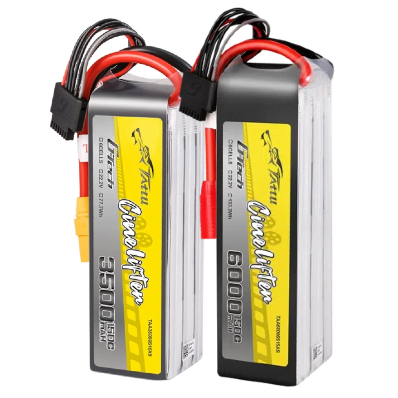
Grepow Cinelifter Series FPV Battery Pack for X8 Drones
-
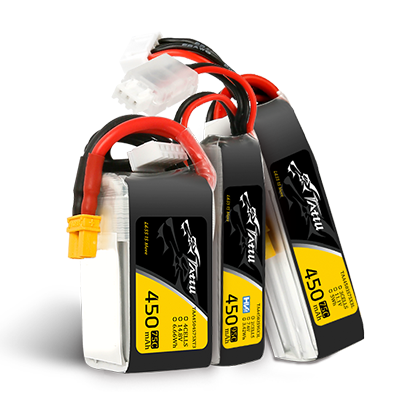
Grepow Tattu Standard Series FPV Done Battery Pack


